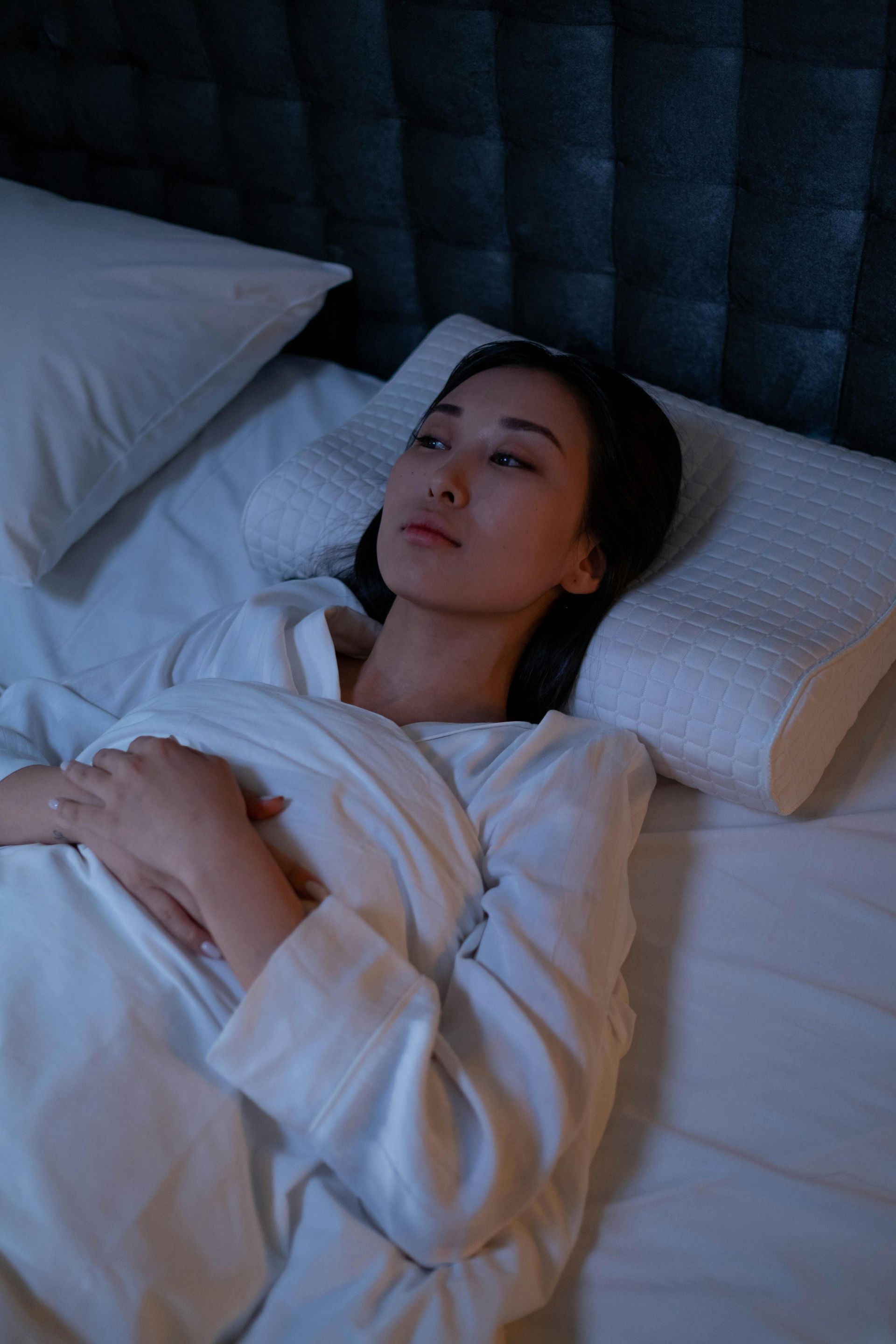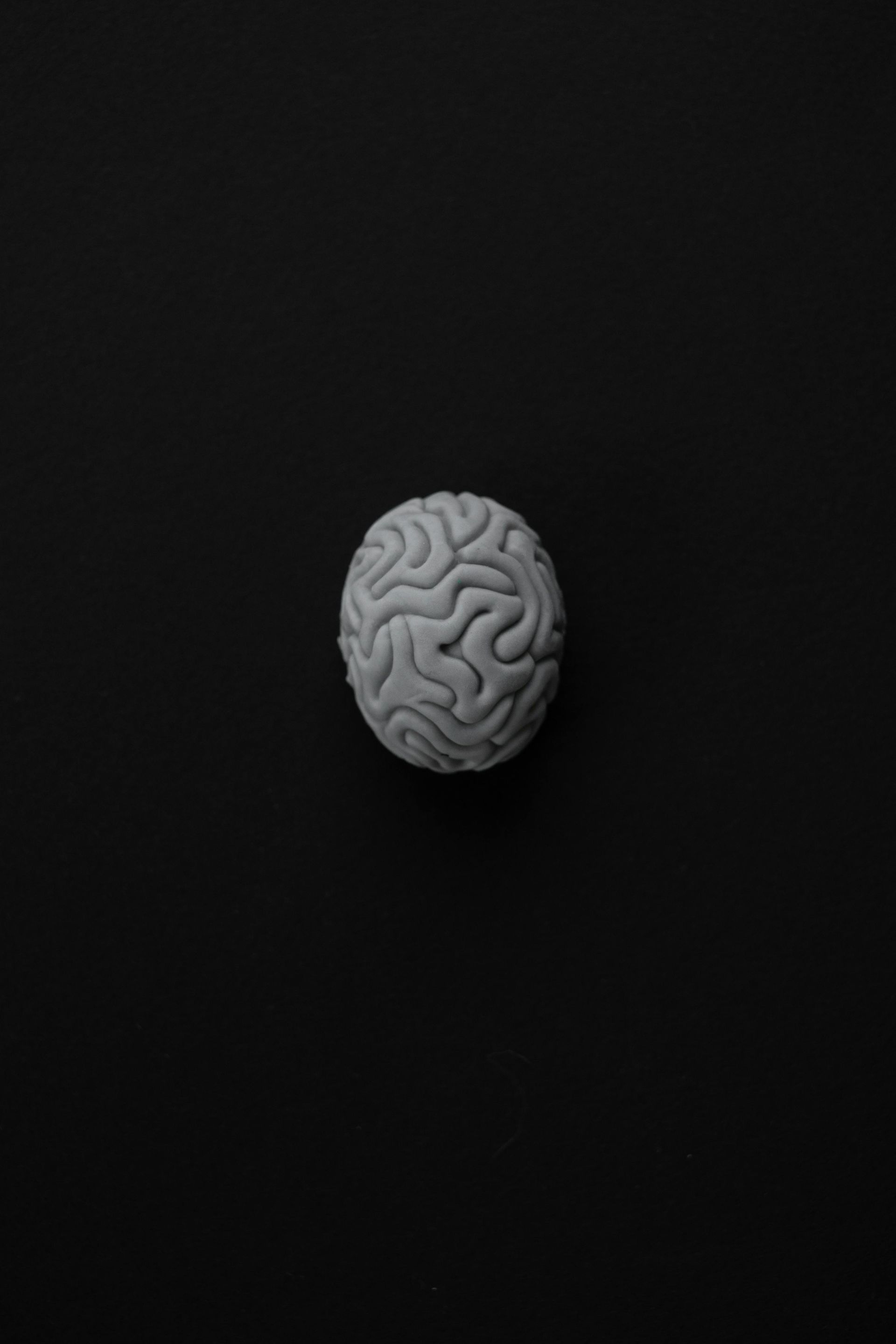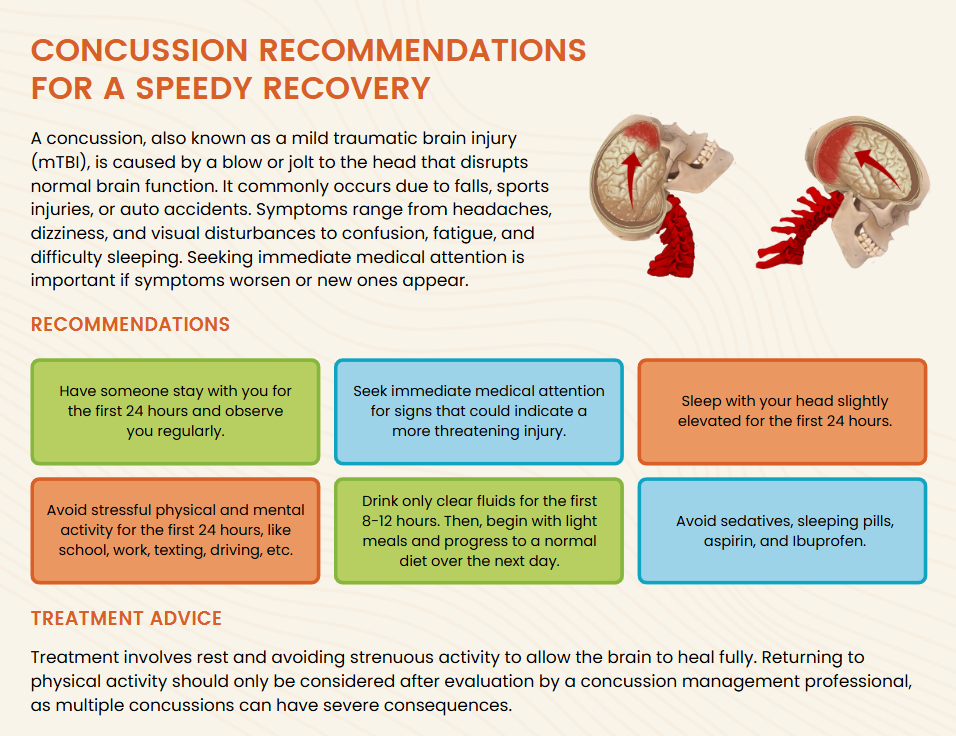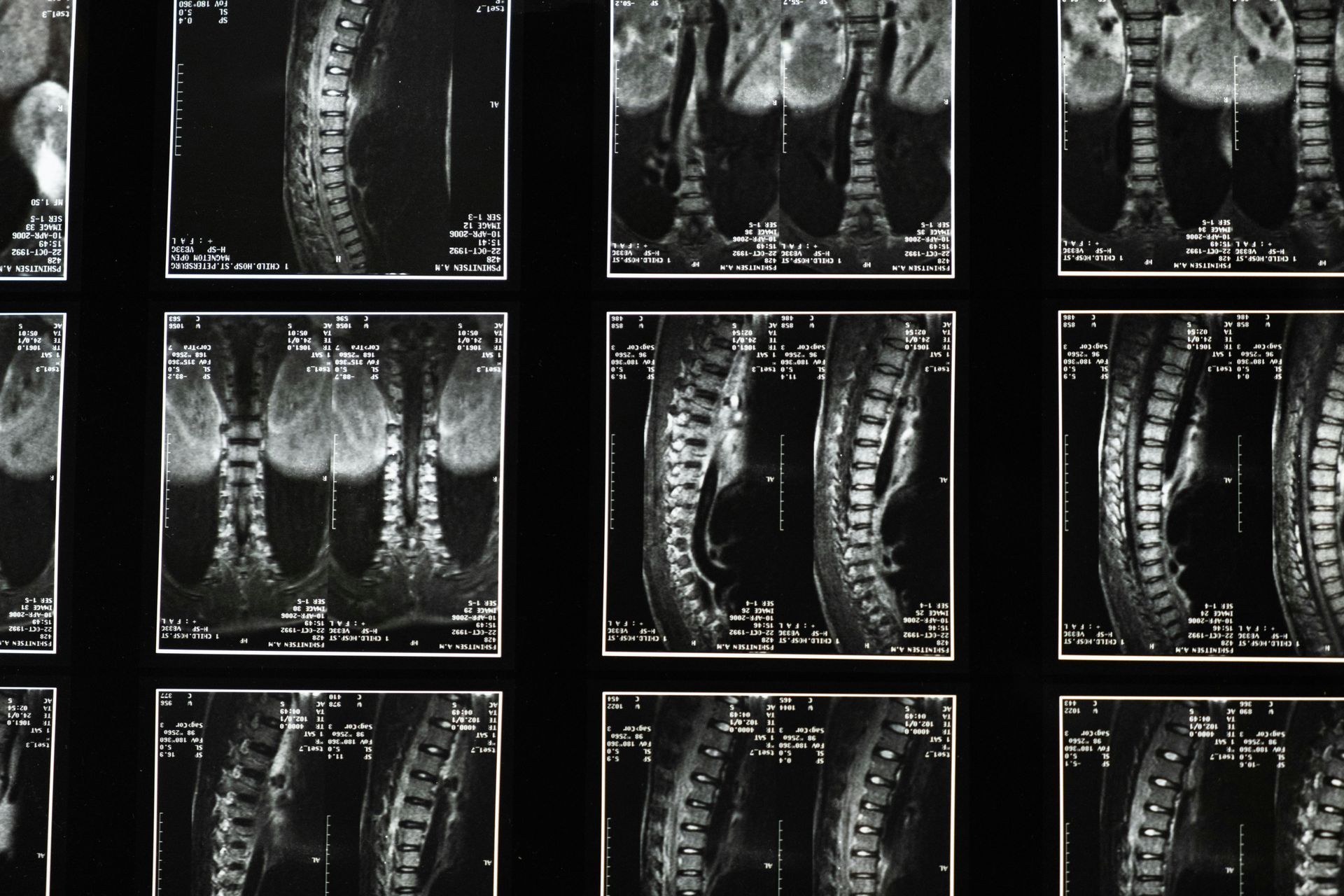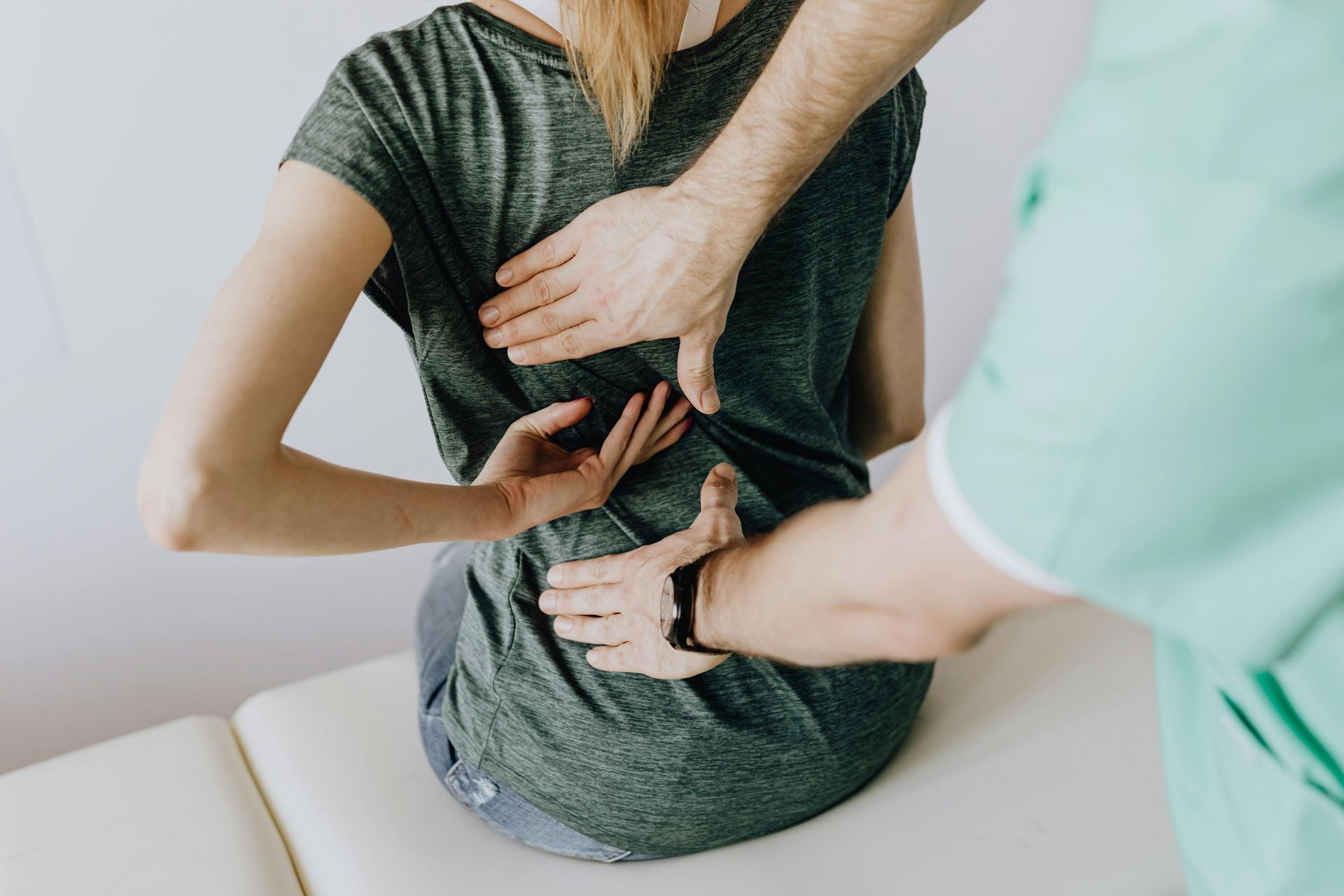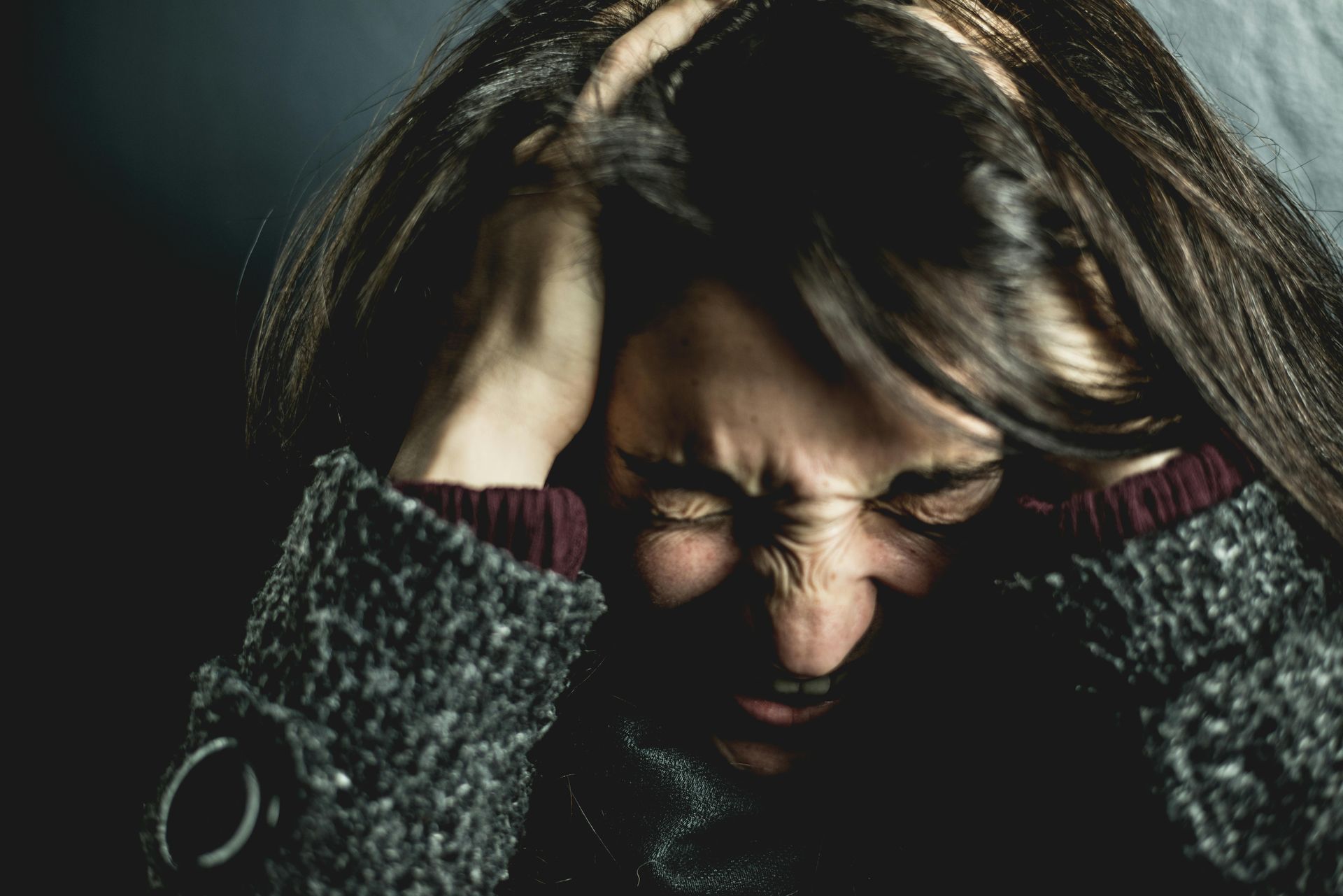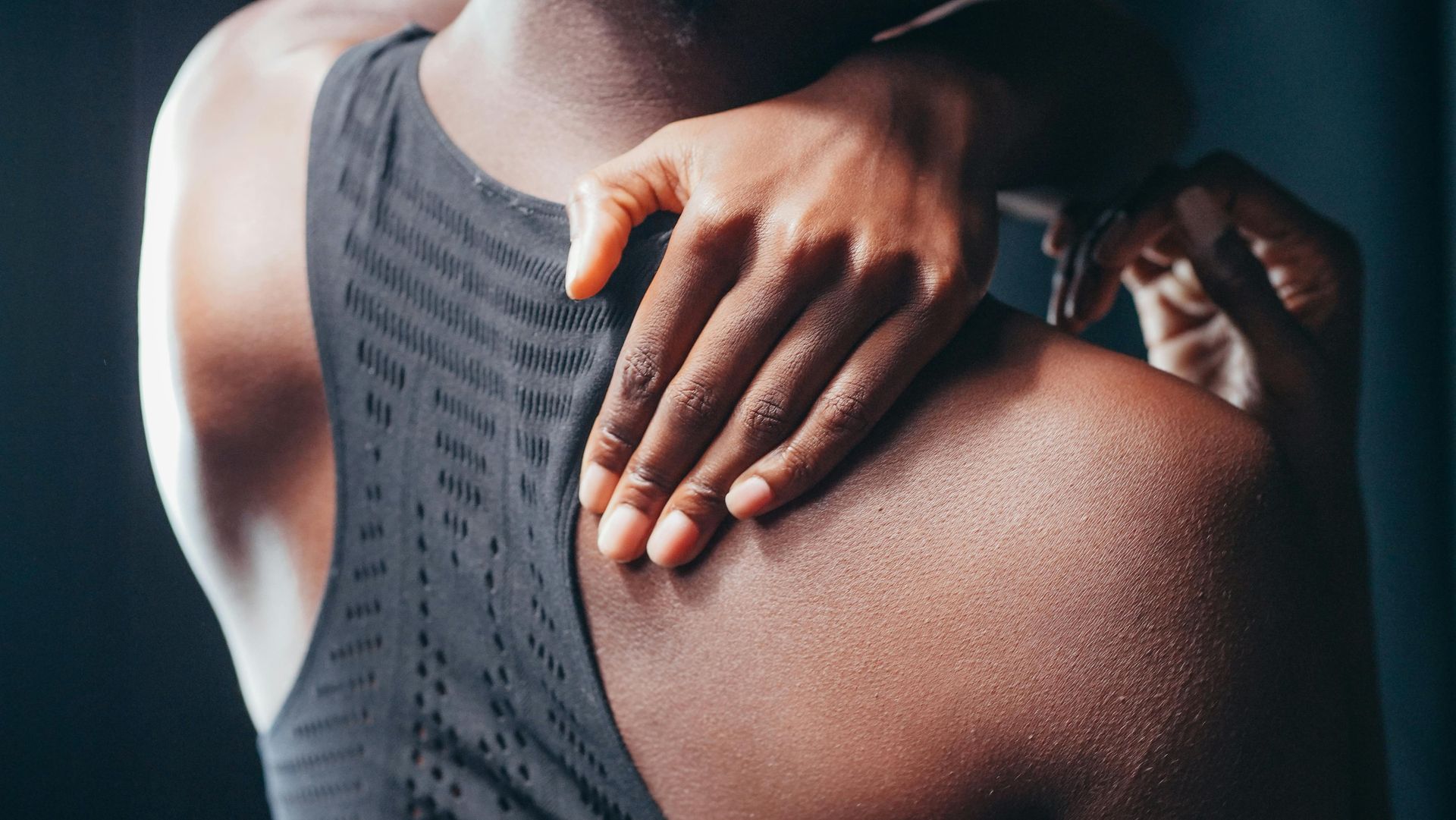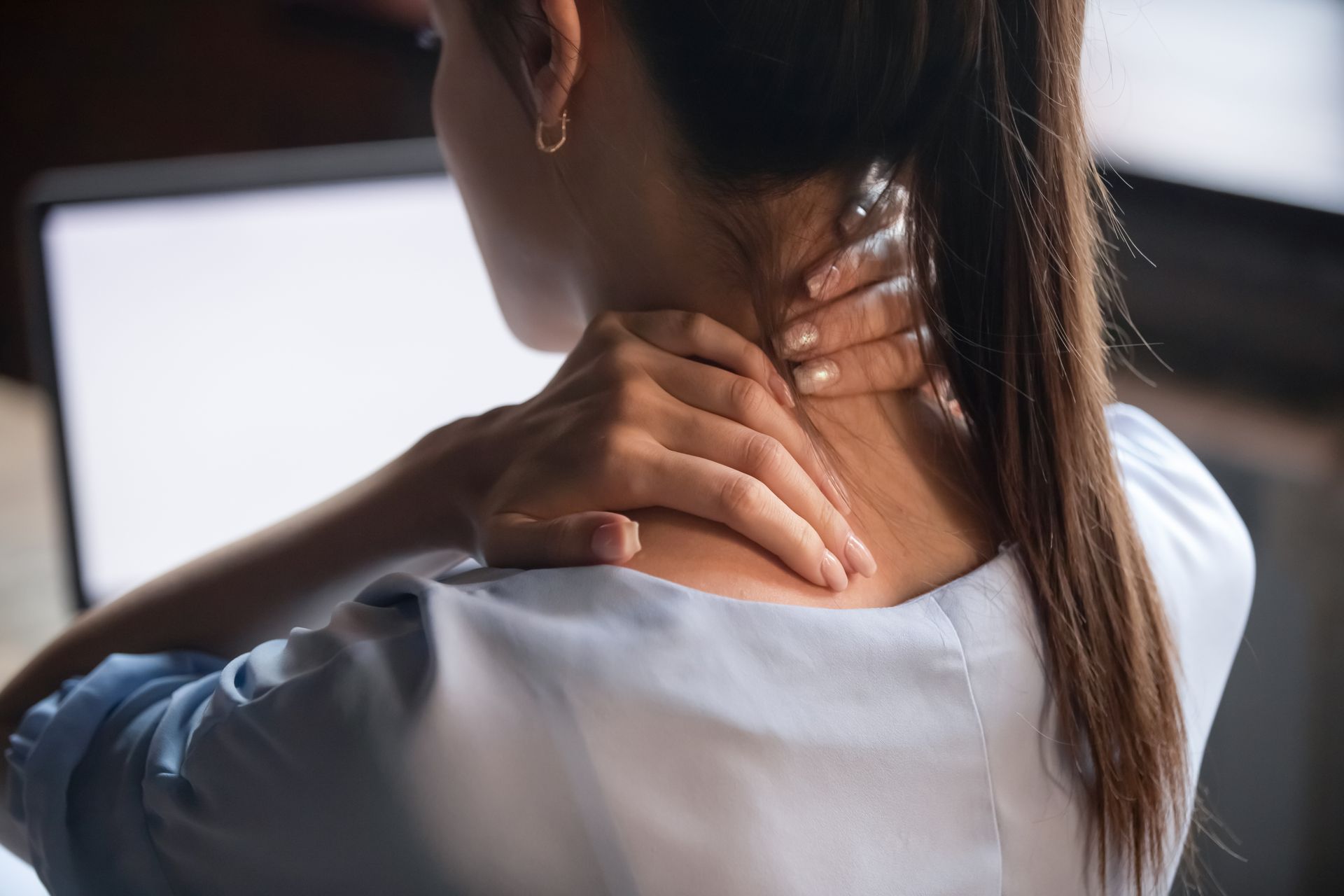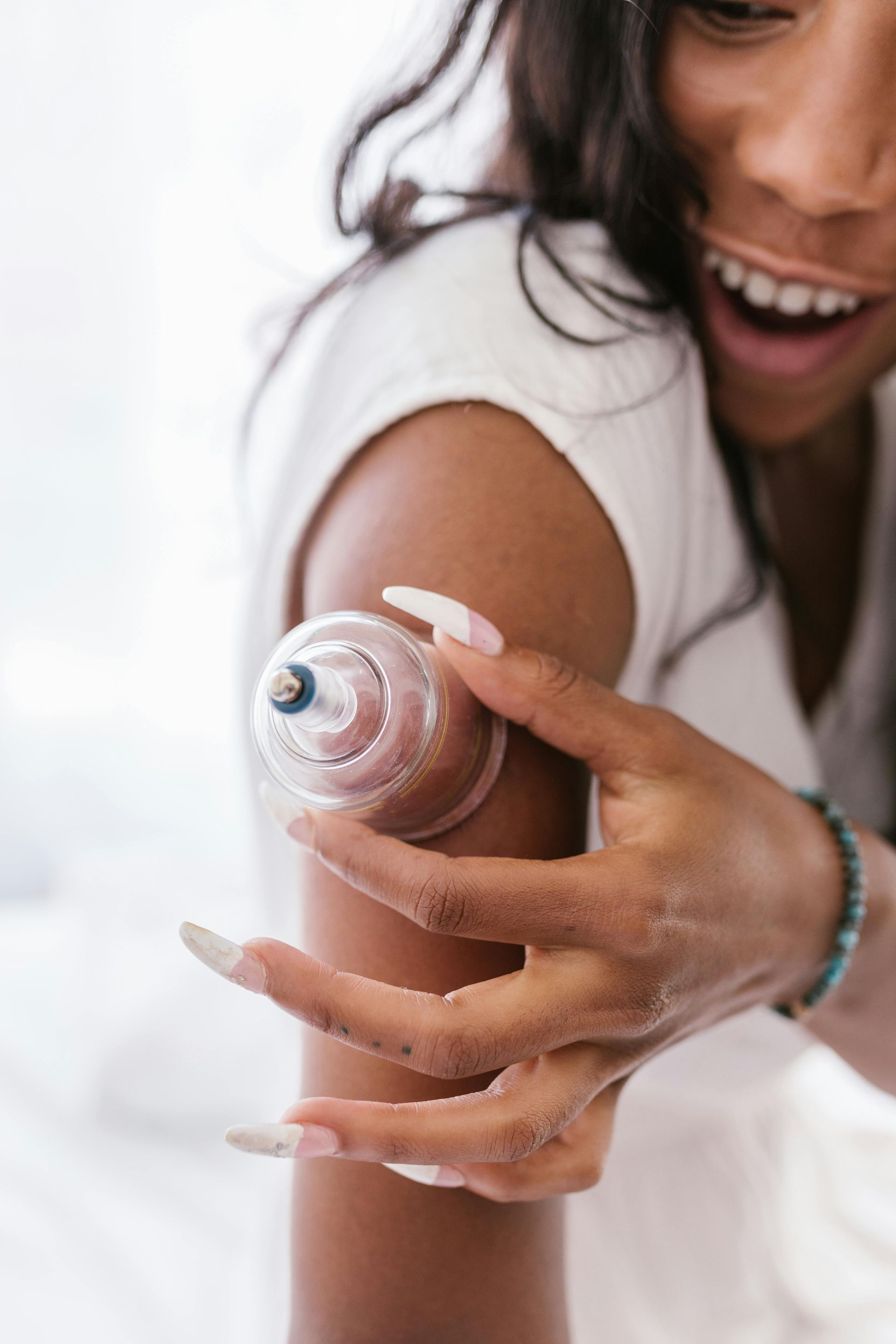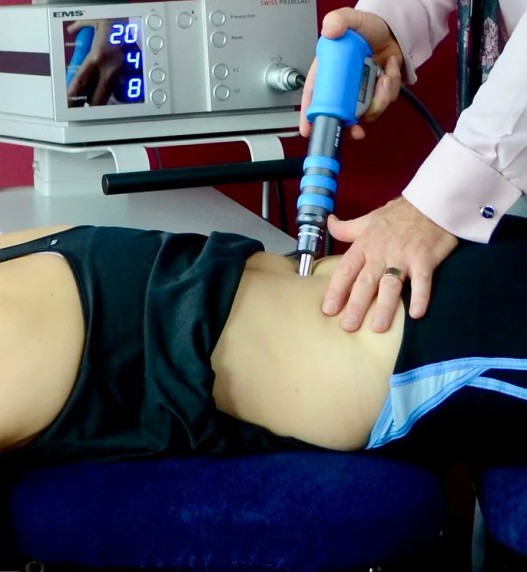The Keystone to Better Joints and Spine
Neuroscientist Daniel Wolpert once said: “We have a brain for one reason and one reason only – that’s to produce adaptable and complex movements. Movement is the only way we have affecting the world around us…I believe that to understand movement is to understand the whole brain. And therefore, it’s important to remember when you are studying memory, cognition, sensory processing, they’re there for a reason, and that reason is action.”
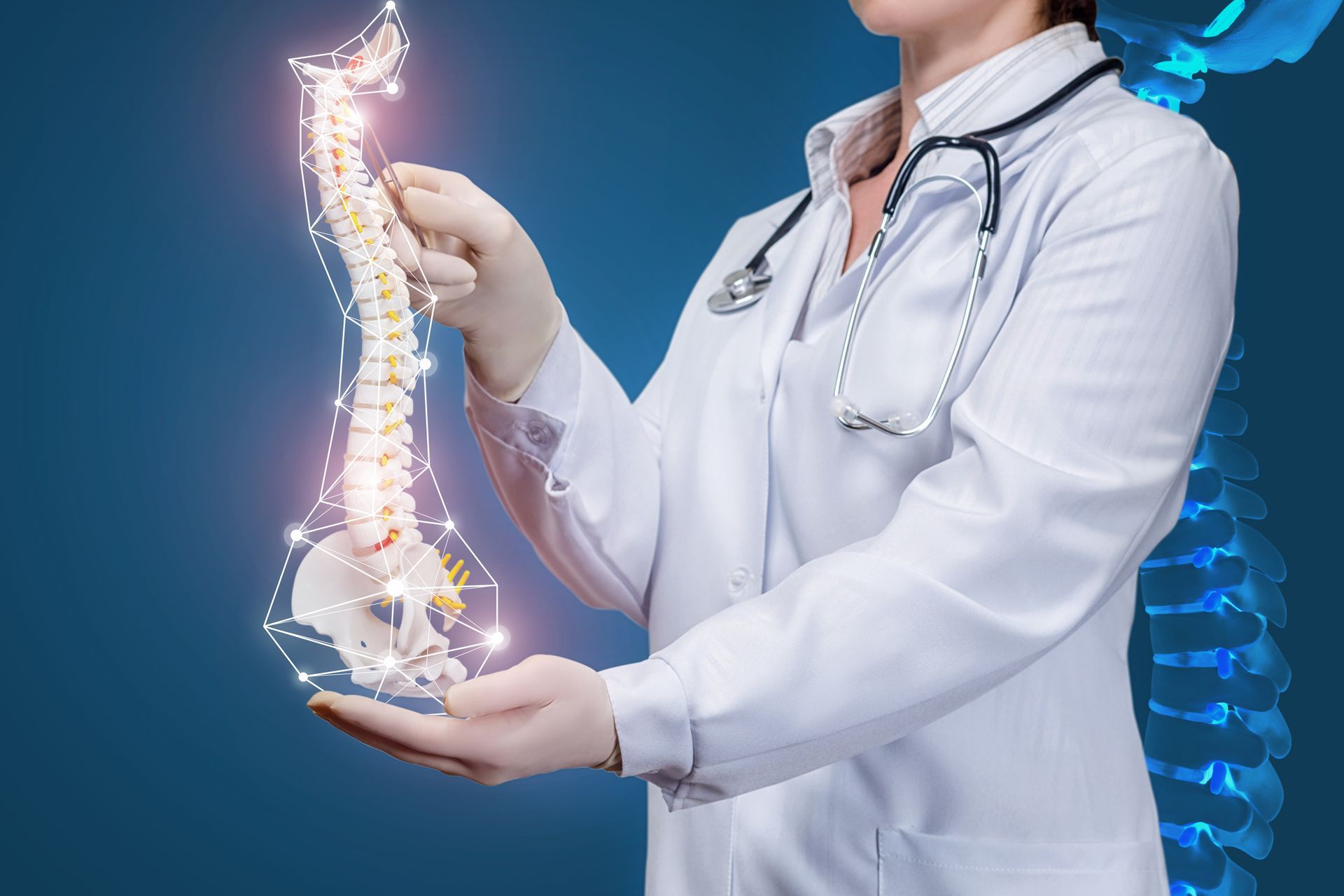
Muscles: There are 600 muscles in the human body that contribute to bout 40% of your total body weight. By moving, you are strengthening your muscles which improve stability, balance, and coordination. Don’t forget, stretching helps maintain your muscle health as well.
Bones: Movement helps build more durable and denser bones. Bone-building activities like resistance training, weight bearing exercises (jogging, walking, hiking), and balance training (yoga) can support better bone density.
Joints: Yoga is all about body awareness, so you’re compelled to pay attention to each movement. By being aware of how you move, you can increase coordination and balance, be mindful of the positioning of your joints, and relax. Plus, yoga encourages flexibility and range-of-motion, which boosts joint flexibility and joint function.
The Keystone is MOVEMENT! The older we get, the more sedentary we might be. When you don’t use your muscles and joints on a regular basis, you lose the integrity in them. Therefore, you will notice a decrease in your spatial awareness, falling and tripping more often, losing mind body connection, and getting injured often from doing simple movements.
If you train your body to move and increase movement in duration, frequency, and intensity over time you will maintain the health of your spine, muscles, and joints.
If you notice that you are getting frequent episodes of lower back pain, neck pain, or joint pain reach out to us to see what we can do for you!
